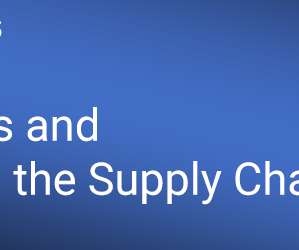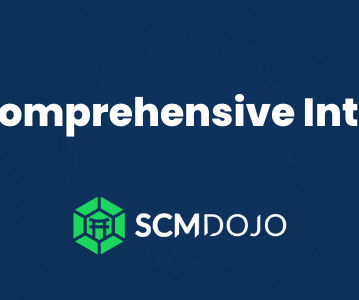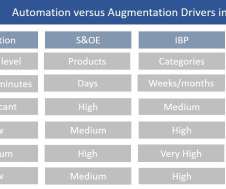Mitigating Risks and Future-proofing the Supply Chain
ivalua
JUNE 17, 2022
Procurement leaders are under increased pressure to improve supply chain resilience. In this regard, monitoring supplier performance, compliance, and the flow of materials from the lowest tier of supply to the end consumer is key to promoting end-to-end visibility.














Let's personalize your content